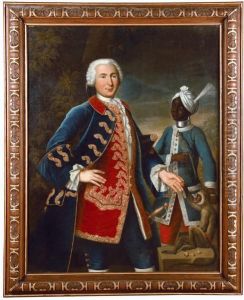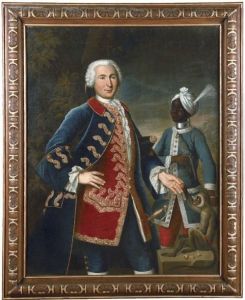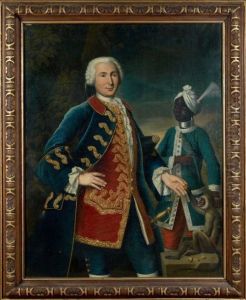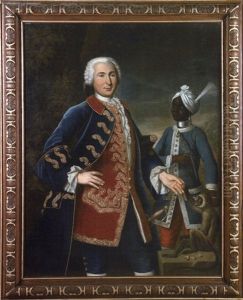Francois Dagobert Jouvenet Paintings
François Dagobert Jouvenet was a prominent French painter born in 1649 in Rouen, France, into an artistic family that had established its reputation in the world of art for generations. His uncle, Laurent Jouvenet, and his father, Laurent Jouvenet the Elder, were both painters, which naturally paved the way for young François into the realm of painting. His early exposure to art within his family played a crucial role in shaping his artistic development and aspirations.
Jouvenet moved to Paris to further his career and became a student of Charles Le Brun, the leading French artist of the time and the principal painter to King Louis XIV. Under Le Brun's guidance, Jouvenet honed his skills and absorbed the grandeur of the French Baroque style, which emphasized dramatic expressions, movement, and clear, radiant colors. This training was instrumental in defining Jouvenet's artistic direction, as his works would later come to exemplify the French Baroque movement's elegance and dynamism.
In 1675, Jouvenet was admitted to the Royal Academy of Painting and Sculpture, marking a significant milestone in his career. His association with the Academy and the French court provided him with numerous commissions, allowing him to showcase his talent on a grand scale. He specialized in religious and historical subjects, infusing them with a sense of grandeur and emotional depth that was well received by the French nobility and clergy. His ability to convey biblical stories and historical events with profound expressiveness and technical skill earned him a distinguished place among the artists of his time.
Among Jouvenet's most notable works are the decorations he contributed to the Versailles Palace and the Hotel des Invalides in Paris. His mastery in handling large-scale compositions was evident in these projects, where his paintings complemented the opulent interiors, adding to the overall magnificence of these iconic buildings. His work not only reflects the artistic trends of the Baroque period but also contributes to the cultural legacy of Louis XIV's reign, often referred to as the Grand Siècle or the Great Century of French art and culture.
François Dagobert Jouvenet's health began to decline in the early 18th century, leading to partial paralysis, which affected his ability to paint. Despite this, he continued to work, adapting his painting technique to accommodate his physical limitations. He passed away in 1717, leaving behind a legacy that had a lasting impact on French art. Jouvenet's contributions to the Baroque style and his role in the artistic developments of the late 17th and early 18th centuries have been celebrated for their technical brilliance, emotional depth, and stylistic elegance.



